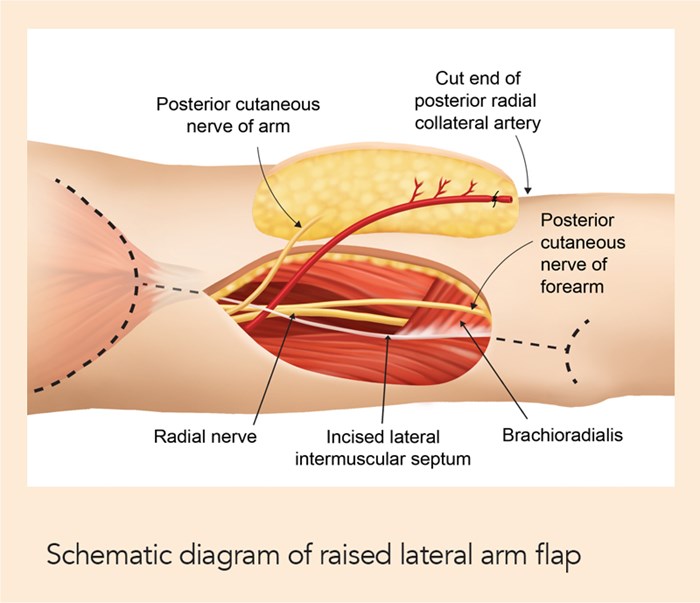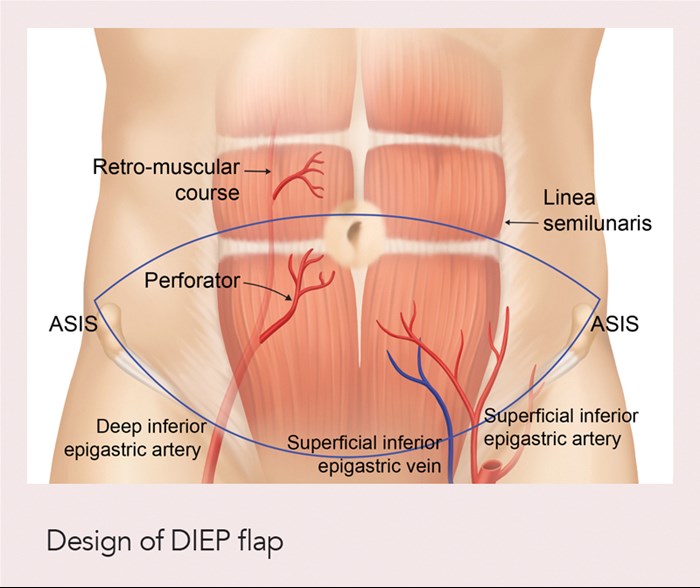The ‘Head and Neck Dissection and Reconstruction Manual’ is compiled by the Chinese University of Hong Kong (CUHK) Head and Neck Course faculty and edited by Professor A Van Hasselt and E Wong. The Manual is specifically aimed at ENT / head and neck surgery trainees or junior consultants in this speciality.
The content mirrors the syllabus of their course and very adequately covers head and neck surgical procedures from a practical surgical and anatomical stand point. The narrative is clear, precise and meticulous with excellent peri-operative and cadaveric illustrations. A stepwise approach is used to structure the surgical technique and this is complemented with key points and stylized illustrations which enhance the very clean layout.


Sample figures from 'Head and Neck: Dissection and Reconstruction Manual'.
There are ten chapters covering various excisional procedures and surgical approaches including selective neck dissection, parotidectomy, laryngectomy, thyroidectomy, mandibulotomy / ectomy sub-mandibular gland excision and approaches to the para- and naso- pharyngeal spaces. A further nine chapters cover complex / compound skin flaps for reconstruction, these include forearm and lower limb flaps as well as abdominal and pectoral / latissimus dorsi flaps. The layout is very helpful for both preoperative preparation and especially for use in the dissection laboratory for simulation. There is also a chapter on micro-vascular technique which is very comprehensive. Notably there is no index, however this is not required with such excellent clarity and chapter layout.
This manual is designed as a reference and even as a template for setting up similar head and neck surgical courses to that found at CUHK. I understand that this excellent work may become an open access resource in the future. At $80 (US) this is excellent value for trainees, libraries and departments to invest in an excellent resource which will be a very useful learning tool for some time to come.
Editor of ‘Head and Neck: Dissection and Reconstruction Manual’, Andrew Van Hasselt, gives his insight into the experiences and challenges of writing and working on medical textbooks:
As practitioners focus on specific subjects the material for medical textbooks needs to recognise and meet specific needs. However, hard copy published works are increasingly expensive to produce. With the dramatic evolution of open access to digital information, this natural trend will largely displace hard copy textbooks.
Our ‘Head and Neck Dissection and Reconstruction Manual’ may or may not be regarded as a successful publication, depending on how medical publishing is measured. Beyond a few medical libraries, and interest groups, we do not anticipate wide demand for this textbook. Our motivation is simply to contribute to raising levels of knowledge and operating skills in the complex realm of head and neck surgery so that surgeons and ultimately patients benefit from a collective experience.
This book evolved from the course manual used in our well subscribed annual four-day head and neck dissection and reconstruction course. We stood by the principle of keeping things simple, easy to read, delivering a step by step approach for standard surgical procedures from the start to completion. Clear boxed key points at the end of each chapter allow surgeons a quick review before dissecting or even in preparation for surgery.
Structured courses with quality material are not accessible for large parts of the global profession, and so our team intends to also publish this book as open access on the Internet. This will enable free use of the publication as a template for which to organise practical courses, with remote access where participants cannot attend professional development activities in person. Our hope is that the work contributes to knowledge and skills and helps to address unmet needs.
A dedicated group of valued colleagues have been an enormous help in compiling this text. I hope that each contributor shares a sense of great fulfillment in having given life to this project.
To be realistic, the days of hard copy textbooks are numbered. However, despite the challenges of modern times, publishing a textbook is no less rewarding.






